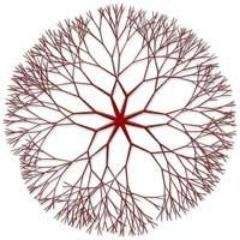Overview
Teaching: 5 min Exercises: 0 minQuestions
What do we need BIDS for?
Objectives
Learn how standardizing helps
Standardize your own work
BIDS is an open specification
BIDS is a specification for structuring data from brain imaging experiments in a standardized manner.
Using a template allows to create websites for each of the lectures
To enable access to the materials in an open format, but allow different instructors freedom in construcing their own materials, we provide a template (you’re looking at it!), that can be relatively easily adapted to create lesson materials for many different lessons
To create a new lesson out of the template
Template lesson files are markdown files
- They are in the
_episodesfolder. - They are named sequentially:
01-first-part.md02-second-part.md- etc
Markdown format allows you to create nice web-pages
And with only a really small amount of effort! It’s text based, so you can write exactly what you intend to say.
If you want to introduce a block of code into your lesson, write a block fenced by triple-tilde. Here is an example of that
import nibabel as nib
img = nib.load('my_file.nii.gz')
affine = img.affine
Images can be embedded into the lesson plan, by using the following syntax:

To embed images, you will also want to copy the image file into the
assets/images folder of the repo, and add that.
Exercises and challenges (click on the arrow to the right to open)
Boxes with “challenges” can be interleaved with the lesson materials. Consider adding a challenge every 15 minutes or so. - This helps participants stay engaged. - It surfaces questions that learners have as they go along. - It breaks up the instruction, providing a bit of a diversion. - It gives people a chance to engage in peer instruction, which is is known to help learning.
Callouts
If you want to introduce a box with a “callout”, use this syntax This is useful for materials that you think of as explanatory asides I usually use this for extra material that is “optional”.
Key Points
Storing scientific data in an open and useful format.
This is in line with our overall goal of making science more structured and reproducible.